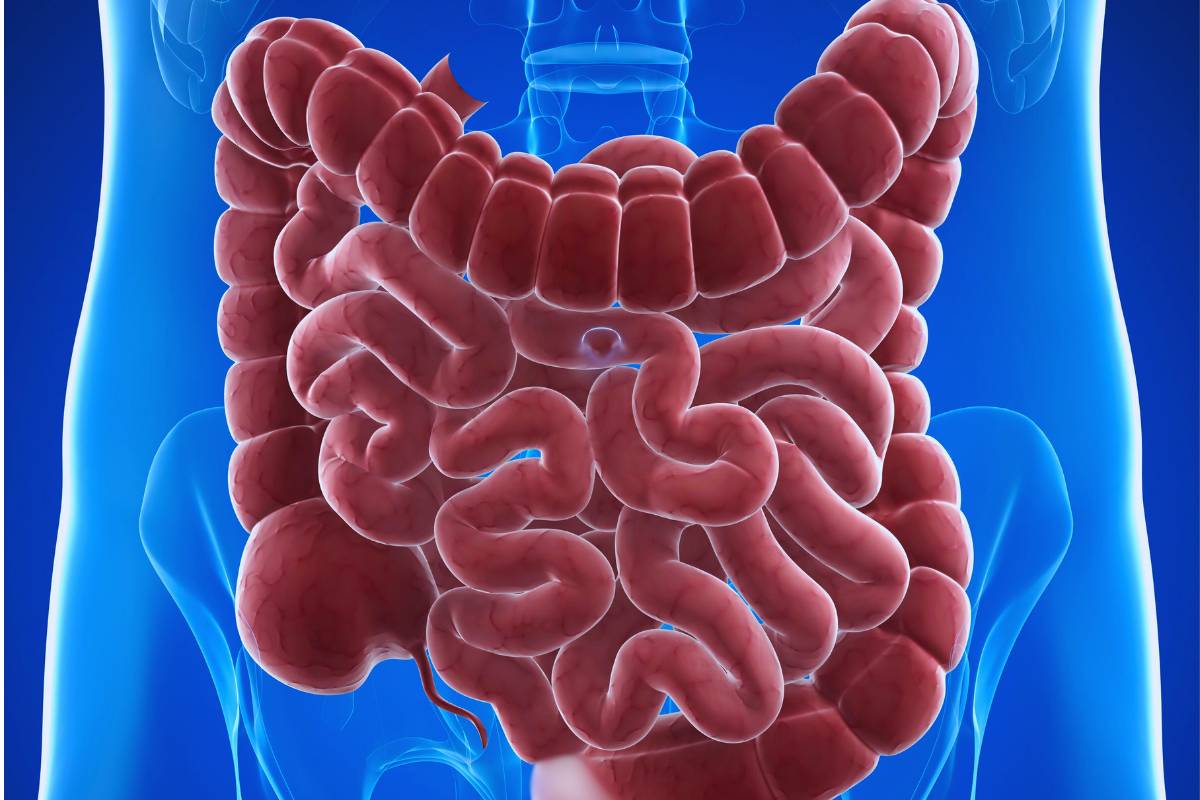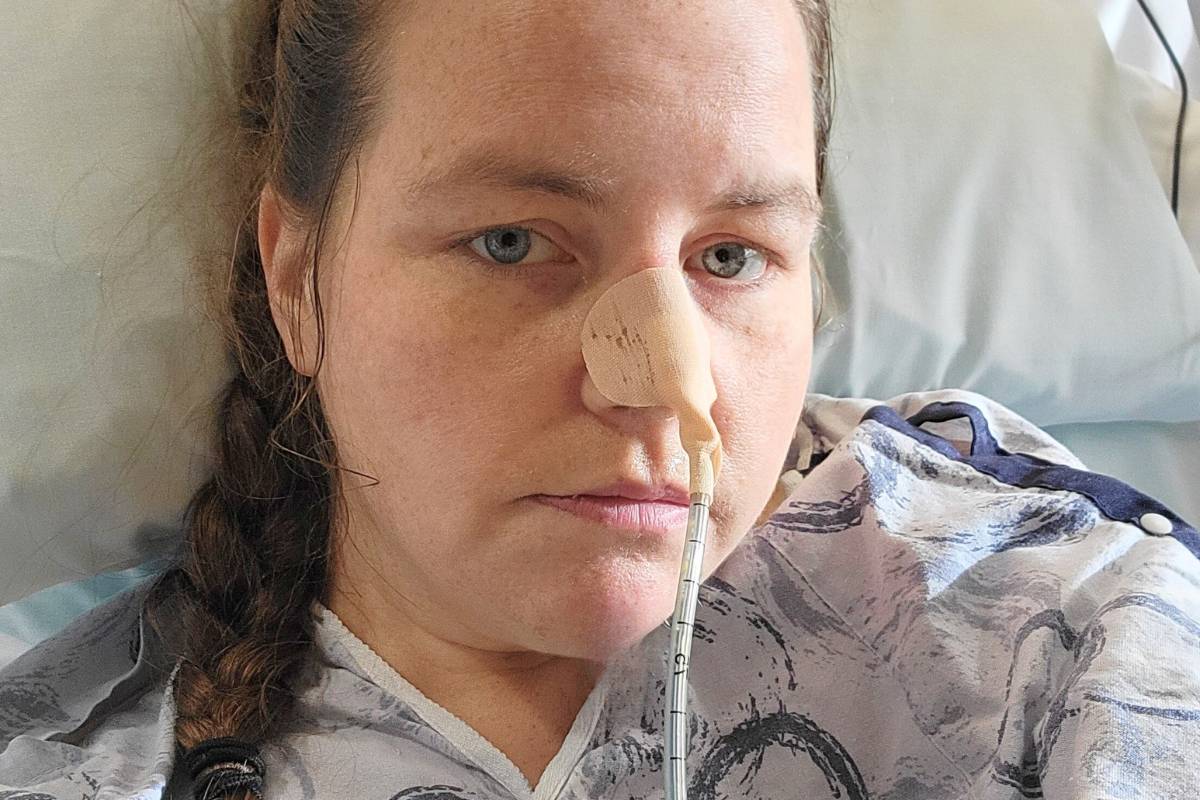What Is an Intestinal Blockage?
An intestinal blockage occurs when something prevents the normal movement of food, liquids, and gas through your intestines. This condition can happen in the small or large intestine and is also known as a small bowel obstruction, partial blockage, or just “bowel blockage.”
If left untreated, it can lead to serious complications.

Common Symptoms of Intestinal Blockage
If you suspect you have an intestinal blockage, watch out for these symptoms:
- Severe abdominal pain or cramping
- Bloating or swelling in the abdomen
- Nausea and vomiting
- Inability to pass gas or have a bowel movement
- Reduced output through a stoma (if you have one)
For ostomy users, a decrease in stoma output is often the first red flag. In my case, I went from a typical output to practically nothing.
My Personal Experience with an Intestinal Blockage
Let’s set the stage: I’d been living with an ostomy for several years, and things were pretty normal—well, as normal as life with an ostomy can be. Then, another part of my body decided it was its time to shine (or rather, misbehave). My gynecologist announced my ovary needed to go, following a previous removal of my fallopian tubes a year or so earlier.
I was nervous about yet another abdominal surgery, especially since I’d heard horror stories about complications for ostomates. My doctor reassured me she’d do everything to avoid issues, even bragging that she would go to bed early the night before to be “fresh” for my surgery.
It was sweet, but I was still nervous, maybe even more nervous now that I know lack of sleep impairs her surgical skills. I laugh to myself, as I tend to do when things really really suck.
She heard me, and I thought to myself, good, she’s sharp. I told her what I was thinking and she also laughed at the ridiculous idea.
After the surgery, I was prescribed Percocet for pain. I took it as directed, attributing the discomfort to post-op healing. The nurses at my gynecologist’s office agreed it was normal, so I didn’t think much of it. I was doing pretty well for a few days, eating, drinking, walking, until the day of my follow-up appointment.
By then, I couldn’t walk without pain and was moving as slow as my bowels. So, I had to roll into the office in a wheelchair. One nurse commented that I shouldn’t need a wheelchair this far out from surgery.
Offense taken. I was hurting, immobile, and suddenly fantasizing about using my last ounce of energy to prove her wrong in a sparring match. (I kid—sort of. It’s just my way of coping with pain and frustration.)
Turns out, Percocet had slowed my bowels to a standstill, and my stoma hernia decided to remind me it was there too.

What Is the First Sign of Bowel Obstruction?
The first sign of intestinal blockage for me was my stoma’s lack of activity. Slight liquid output, then no output. Cue the panic. I tried all of the old tricks to remove an intestinal blockage or partial blockage, hoping for the best. Nothing worked but I decided rest was in order and didn’t worry too much about it.
Anyway, fast forward to about midnight that night. I begin puking my own stool up. I was proud of myself for making it into the garbage can where I could see what had just come up.
Yup, it’s time to go to the hospital.
At the hospital, the solution came in the form of an NG (nasogastric) tube to decompress my stomach.
What does an NG tube feel like?
The NG tube obviously is uncomfortable going down so I asked the nurses for lidocaine. I may have even begged for it, they won’t suggest it, you’ll most likely have to ask for it too, if you find yourself in this situation.
Imagine the discomfort of stepping on a Lego, but in your throat. It was quick, though, but the misery was undeniable. The next few days were a haze of scans, IV drips, and longing stares at cups of water I wasn’t allowed to drink.
I spent quite a bit of time watching fluid get sucked out of my body and fill up a nearby container. They monitored the container for output, waiting for the levels to go down. Had I known that was the goal, I might have tried emptying it myself just to speed things up.
By the time my output was back to their liking, I was feeling hungry again, and the pain from the obstruction was gone. The pesky NG tube, however, remained, making me absolutely miserable. I wanted it out more than I wanted my next meal—a rare sentiment for me! But procedures are procedures, and I had to wait for the green light.
Eventually, the blockage cleared without further complications. My gynecologist who performed my surgery and prescribed the pain killers, popped in for a visit—an appreciated gesture. It was a nice visit, we even laughed a bit more, though I mentally vowed she wasn’t harvesting any more of my organs. For that, I’d stick with my ostomy surgeon. The man really knows his shit.
He armed me with tips for avoiding blockages, recognizing the signs of bowel obstruction, and tackling issues before they escalate. Hopefully, these insights will help others, especially fellow ostomy warriors, navigate similar challenges.

Common Causes of Intestinal Blockages
There are several reasons why your intestines might decide to clog up:
- Adhesions (scar tissue): Often a result of prior surgeries.
- Hernias: A section of the intestine gets trapped.
- Medications: Painkillers like Percocet can slow bowel movements.
- Tumors: Growths can physically block the intestines.
- Twisting or narrowing of the intestines: Known as volvulus or strictures.
For me, it was a combination of post-surgery adhesions, a hernia, and painkillers that caused the backup. Your experience might be different, but the result is the same—a very cranky digestive system.
Bowel Obstruction Treatment Options
If you’re dealing with an intestinal blockage, there are several treatment options depending on the severity of the blockage:
1. Conservative Management
- NG Tube: As unpleasant as it is, this tube helps relieve pressure by draining fluids and gas from your stomach.
- IV Fluids: Keep you hydrated when you can’t eat or drink.
- Bowel Rest: No food or drinks until the blockage clears.
2. Medications
- Laxatives or enemas may help in partial blockages but are NOT recommended for complete blockages.
3. Surgical Intervention
- If the blockage doesn’t resolve, surgery may be necessary to remove the obstruction or address the underlying cause.
In my case, the NG tube and IV fluids did the trick. After a few days of misery, the blockage cleared, and I was reunited with my beloved beverages. I’m pretty sure I tried one of every fruity beverage my husband could find at the gas station around the corner from the hospital.
Preventing Future Blockages
While not all blockages are preventable, here are some tips to reduce your risk:
Stay hydrated
Drink plenty of fluids to keep things moving. You’ll miss these most if they place an NG tube.
Chew thoroughly
Especially important for ostomy users. If you are sick of chewing, spit it out. Don’t take any chances with hard to break down foods.
Avoid high-fiber foods
These can sometimes cause blockages although many ostomates enjoy a variety of high-fiber foods with no problems. Talk to your ostomy nurse or doctor about what may work best for you.
Be cautious with medications
If you are planning on taking any new medications, talk to your doctor about alternatives for those with a stoma. Be especially wary of painkillers such as Percocet.
Leave a comment if you have also dealt with intestinal blockages, I’d especially appreciate any insights or tips that might help others with a stoma remove a partial blockage or cope with the potential need for an NG tube.
Let’s Connect! #OstomyOntheGo
Foods That Cause Ileostomy Blockage and How to Avoid Them
Learn which foods can cause ileostomy blockages, how to prevent them, early symptoms to watch for, and safer foods to enjoy with an ileostomy
Swimming with an Ostomy Bag: Tips for a Confident Swim
Swimming with an ostomy bag is safe and easy with the right prep. Learn how to secure your pouch and swim confidently after surgery.


